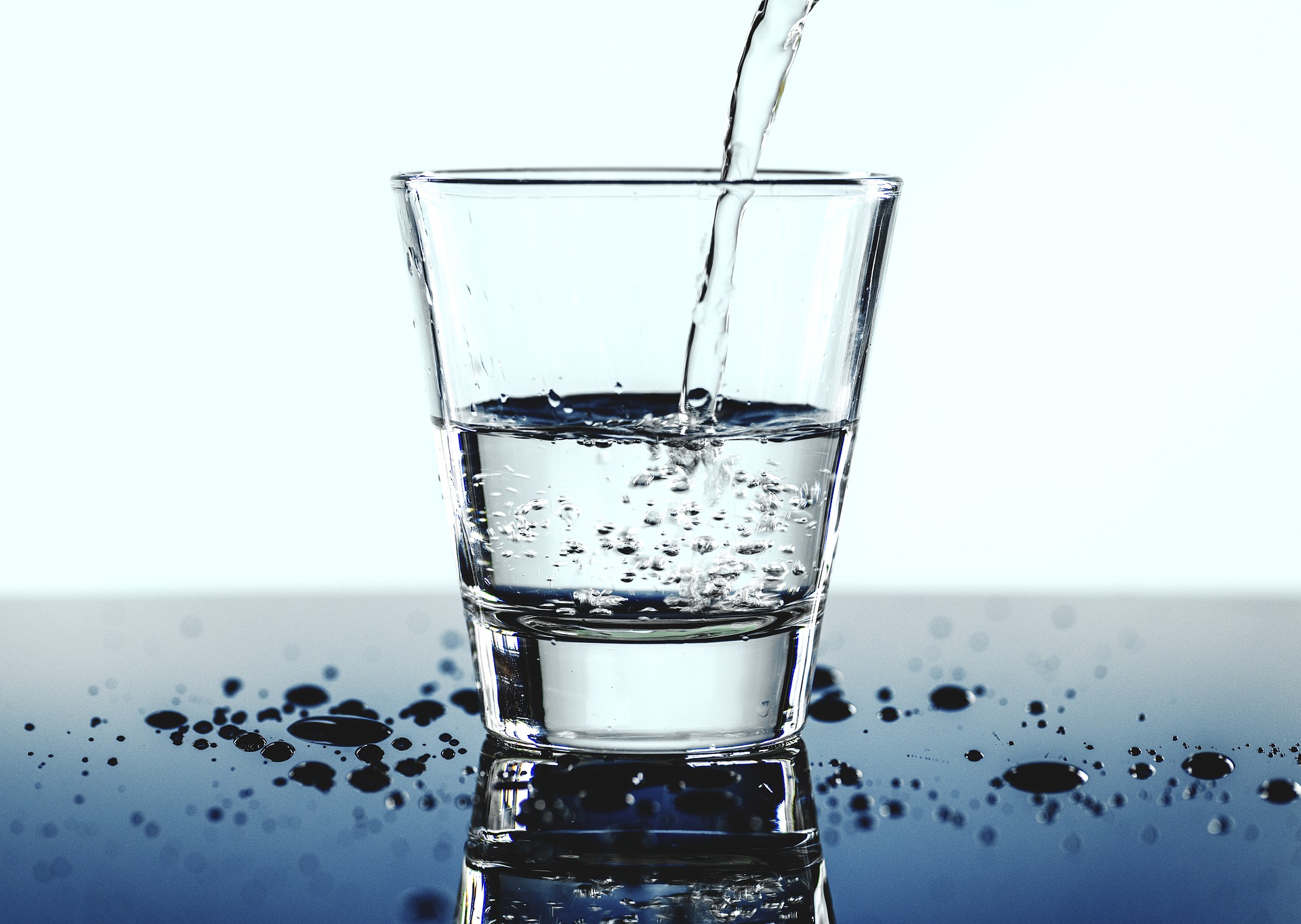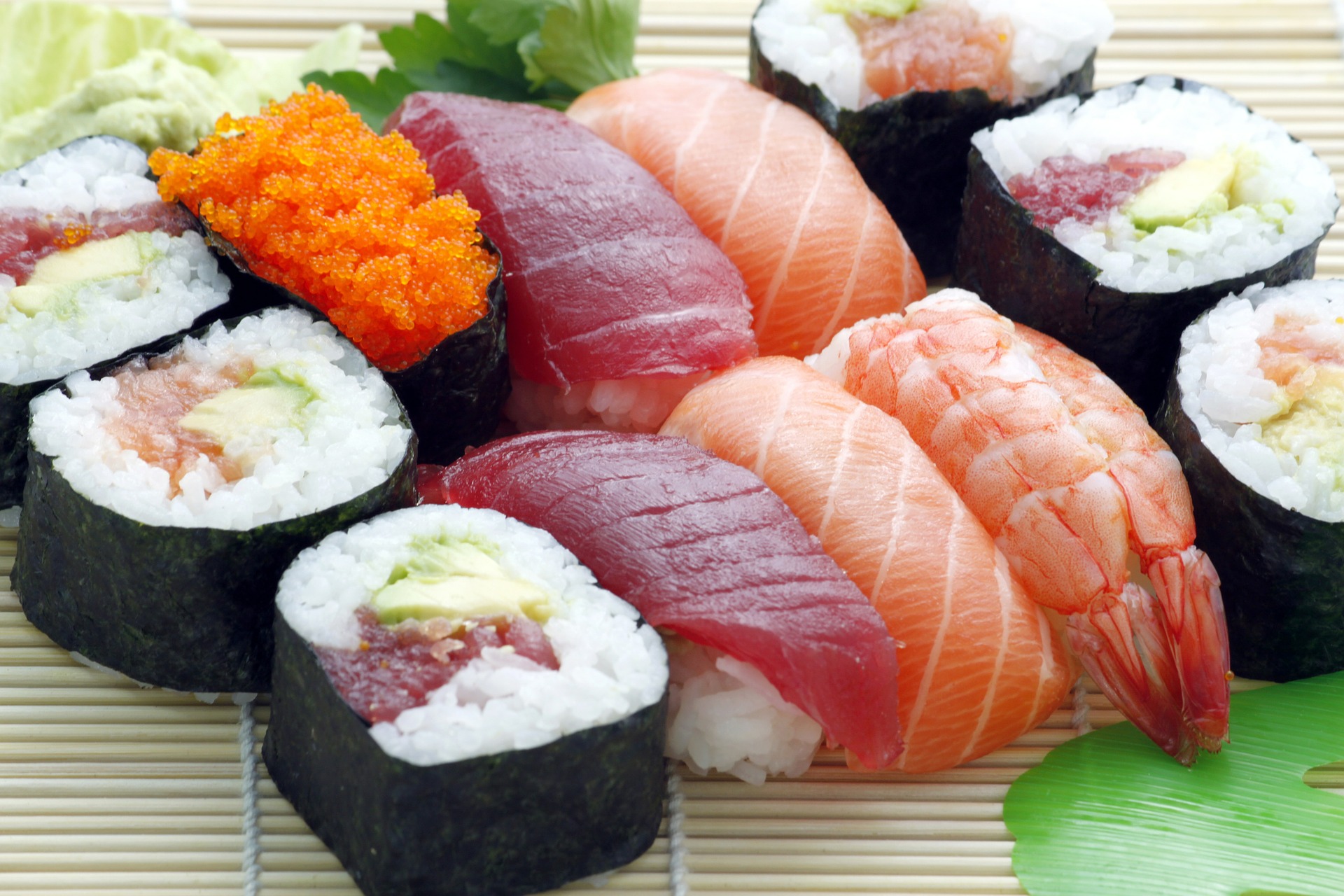 Here’s Where it Gets Interesting.
Here’s Where it Gets Interesting.
The EPA oversees water quality in your home, while the FDA ensures the safety of bottled water. But the federal government doesn’t require bottled water to be safer than that from the tap. While larger cities disinfect water and filter it to remove pathogens, or test for giardia & cryptosporidium viruses, bottled water doesn’t even have to be tested!
Doesn’t Have to be Tested, But is It??
The Natural Resources Defense Council shows that roughly 25% of bottled water is merely tap water, sometimes treated and sometimes not.
Where Does Bottled Water Come From?
The Nestlé company has been drawing 250 gallons from the ground in Osceola Township, Michigan for its Icy Mountain brand every minute for more than 15 years. And that’s just one bottling company. Recently, Nestlé requested an increase to 400 gallons per minute.
But is Tap Water Safe?
Funny you should ask. Our beloved watchdogs at the Environmental Working Group have analyzed 30 million State water quality records. With this database you can search the results of where you live by entering your zip code!
What’s in My City’s Water?
According to the EWG database the drinking (and bathing) water where I live shows 4 contaminants detected above health levels, including radiological contaminants. How many contaminants are in the water that you are drinking? Be sure and check.
Maybe We Should Just All Have Water Filters.
EWG thought of that! So, on the website they’ve also included an option to find a water filter that works for your contaminants. Another great resource to find a certified water filtration system for your home is on the National Sanitation Foundation website.
Pass It On.
Share this video on social media. Get people to start talking about the quality of the water that we drink, bathe in, water our gardens with, and wash our children, our pets and our produce with!








